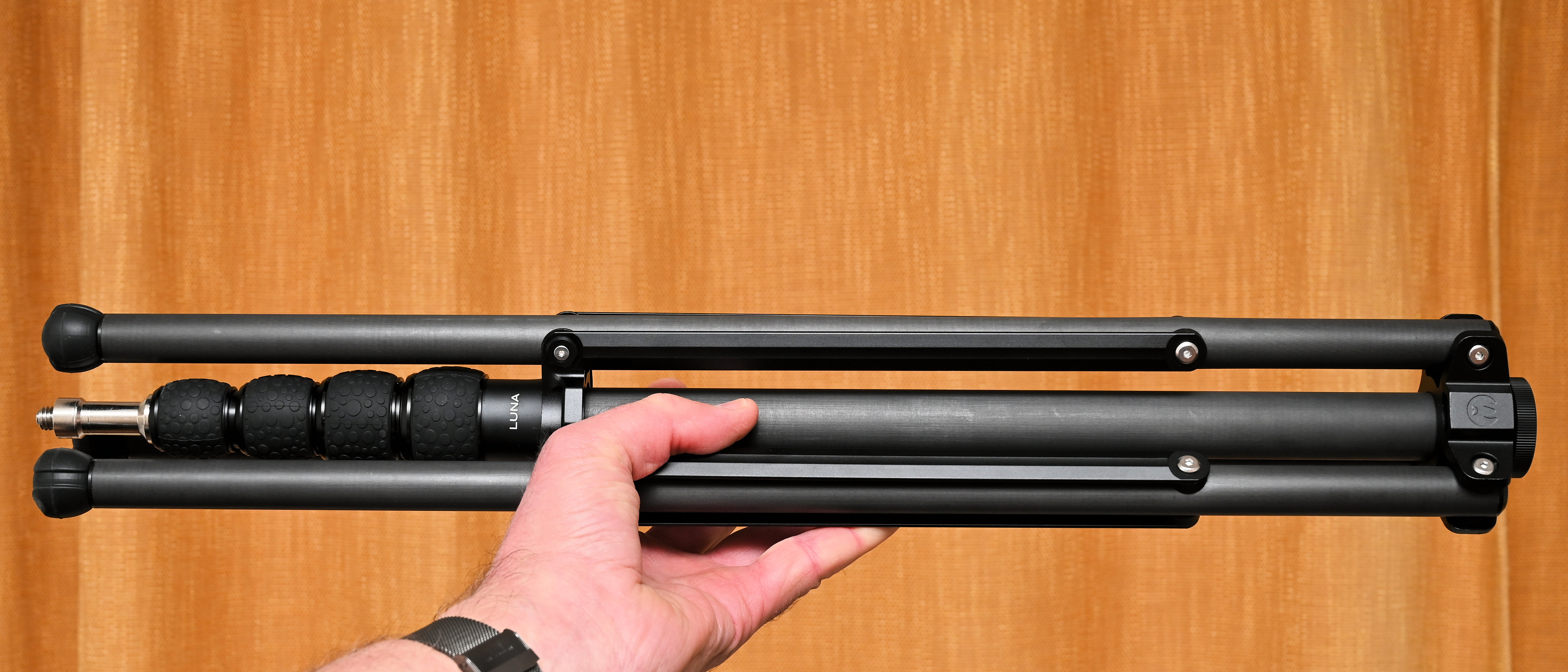iPhone 13 Pro vs Samsung S22 Ultra – is Apple or Android best for photography?
Apple or Android? In this iPhone 13 Pro vs Samsung S22 Ultra shootout two of the top cameraphones go head to head

If you want the best smartphone for photography, you’ve got plenty of choice at the moment. The Samsung S22 Ultra is an Android flagship model that includes a wide array of features specifically targeted towards photographers. The iPhone 13 Pro, or the larger iPhone 13 Pro Max which uses the same camera setup, sitting in the iOS camp, also promises to take your photography to the next level.
But when it comes to iPhone 13 Pro vs Samsung S22 Ultra - which is best?
The Samsung S22 Ultra boasts four lenses, while the iPhone 13 Pro only has three. But there’s more to a good smartphone for photography than number of lenses. You might also want to think about other important aspects such as screen size, video functionality, the quality of the native camera app and battery life.
Let’s find out how else these two powerful models match up against each other.
iPhone 13 Pro vs Samsung S22 Ultra: Cameras and lenses
Why you can trust Digital Camera World

Looking at the specs alone, it’s the Samsung S22 Ultra which has the most impressive camera and lens line up. There’s a “main” camera which boasts a 108 megapixel resolution and is paired with an f/1.8 lens. As well as this, there’s a 12 megapixel ultra-wide angle f/2.2 lens, plus two telephoto lenses paired with 10 megapixel sensors - you get a 3x f/2.2 lens and a 10x f/4.9 lens. On top of that, digital zoom - called “Space Zoom” by Samsung gives you up to 100x zoom.
In contrast, the iPhone 13 Pro / Max with its three lenses seem a lot more pedestrian in comparison. Each are backed by a 12 megapixel sensor and you get a “standard” (26mm, f/1.5), an ultra wide (13mm, f/1.8) and a 3x lens (78mm, f/2.8) Here the digital zoom allows you to go up to 15x.
• iPhone 13 Pro vs 13
• Samsung S22+ vs S22 Ultra
iPhone 13 Pro vs Samsung S22 Ultra: Image quality
As we’d expect, both the phones put in an excellent performance when it comes to image quality, as such picking them apart is actually quite difficult - and in some respects it might also come down to personal preferences.
Colors from both are well-saturated and vibrant, but the Samsung seems to err towards warmer tones, while the iPhone keeps things a bit more on the realistic side.
When it comes to special modes, Portrait Mode from the S22 Ultra yields more detail, which is not always necessarily what you want in a portrait - the comparable iPhone shot is arguably more flattering and pleasing to the eye.
Low light performance is good from both. It seems that the standard lens from the iPhone puts in the better performance, but the ultra wide is just a little better from the Samsung. Taking a look at our sample images will help you make your own conclusions on this front.
Of course, the Samsung S22 Ultra has more flexibility when it comes to zoom. Particularly useful is the second telephoto lens, which is only matched by the iPhone digitally. As such, the results at this focal length are much better. The Samsung S22 Ultra also offers 30x and 100x digital zoom, which while impressive on a specs sheet, generally result in reasonably low-quality images that are unlikely to appeal to most.


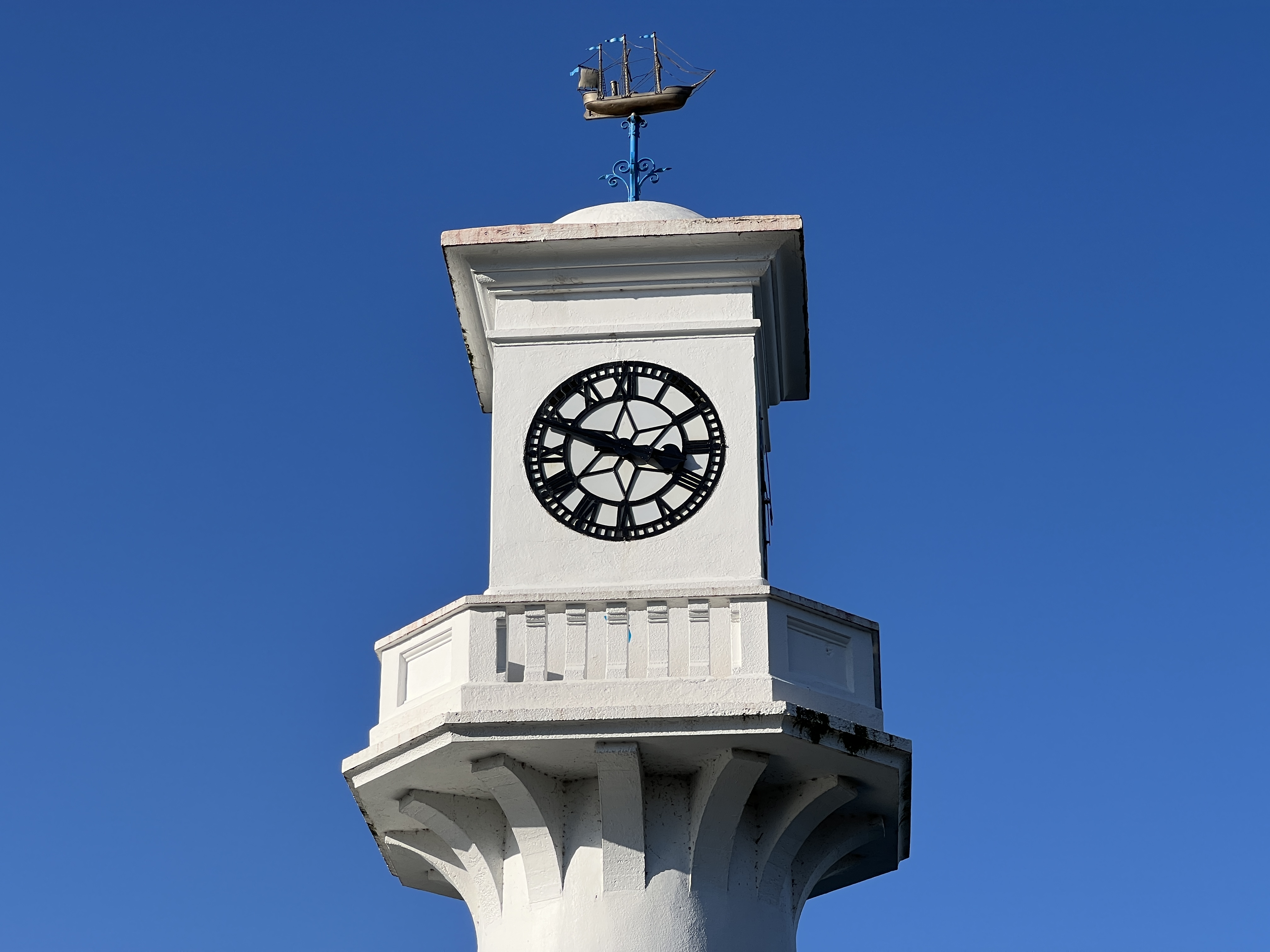
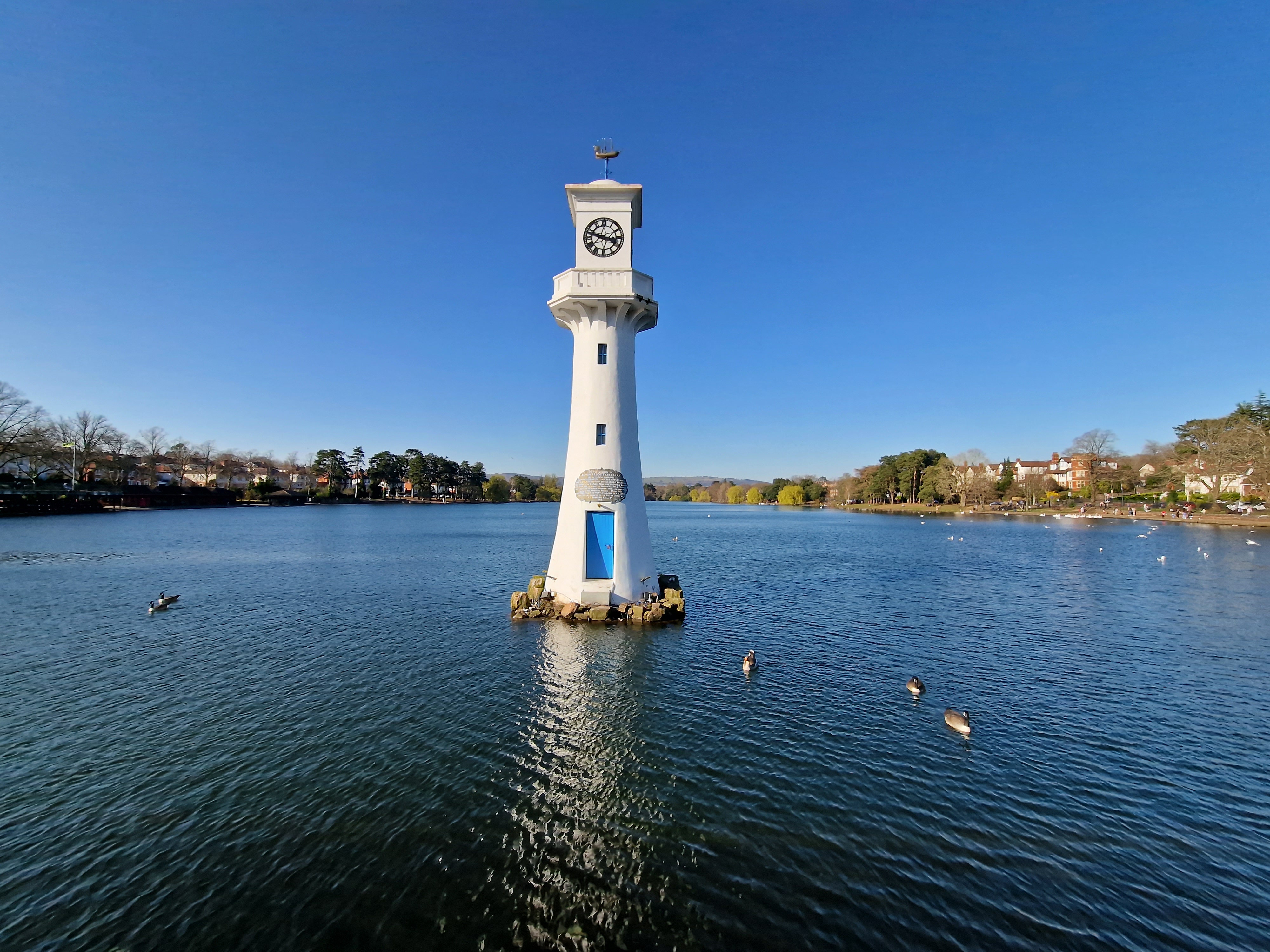

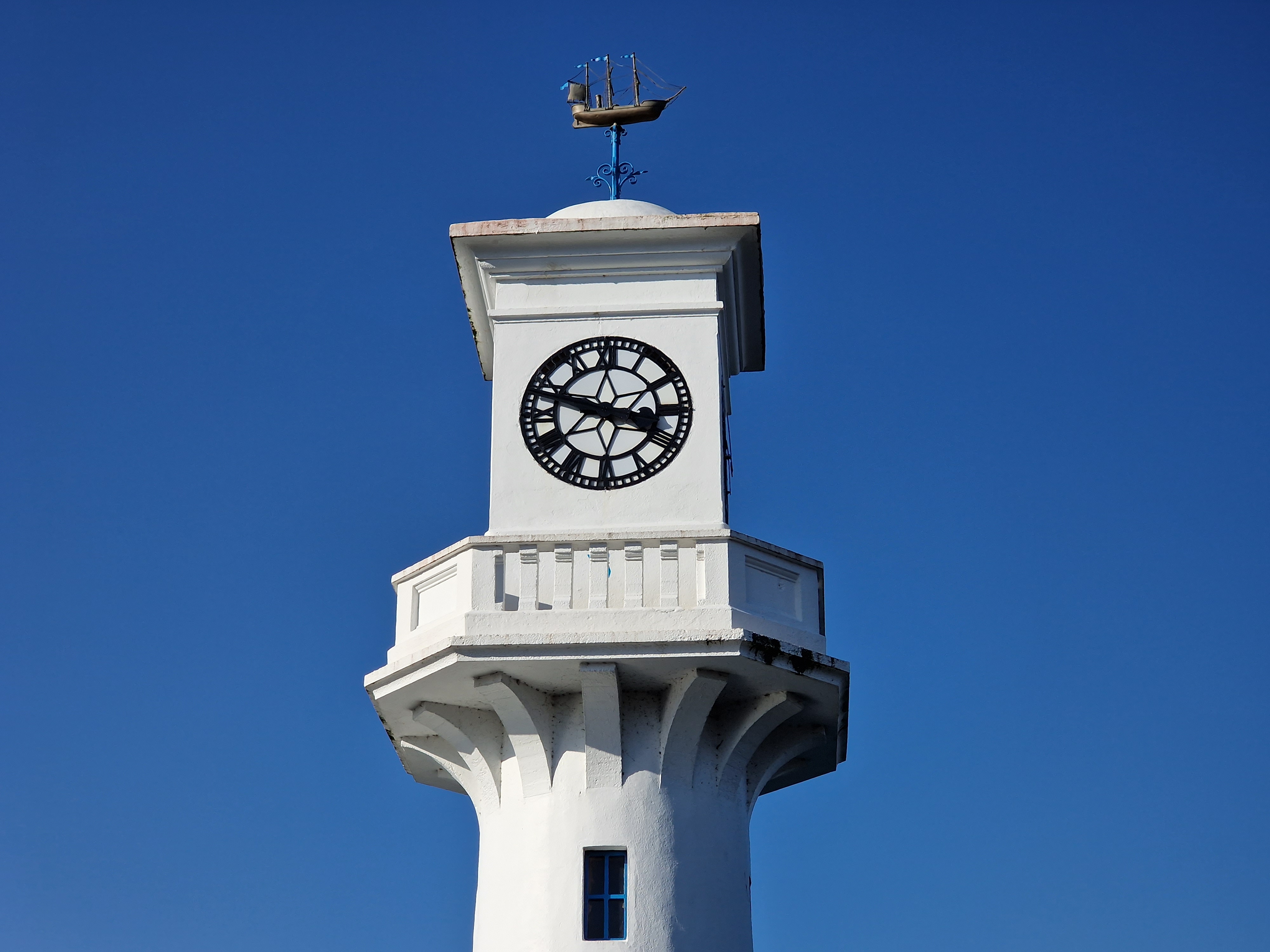
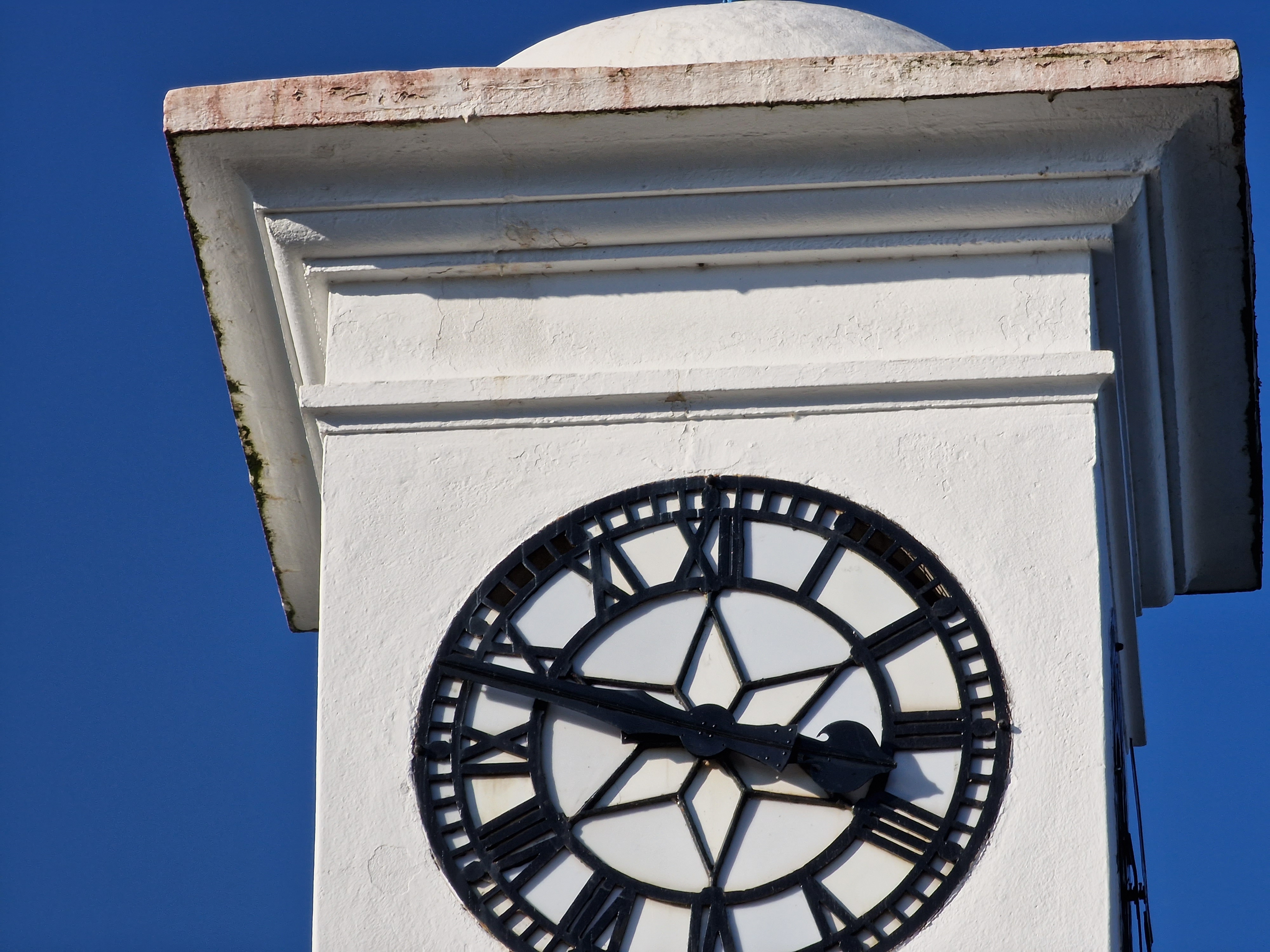
iPhone 13 Pro vs Samsung S22 Ultra: Video
Both the S22 Ultra and the iPhone 13 Pro have specifications which make them appealing to video and content creators.
That means for the iPhone 13 you get 4K 60p video, as well as specific video modes such as Cinematic Mode (which gives you the option to create shallow depth of field effects - but is in Full HD only), and ProRes video - a professional quality video format, but which is only available if you opt for the 256GB capacity model or above. Sensor-shift optical image stabilization (which can’t be turned off) is used to keep video footage smooth.
Video sample iPhone 13 Pro - 4K at 60fps
Video sample Samsung S22 Ultra - 4K at 60fps
Meanwhile, the S22 Ultra goes one step beyond that by offering up to 8K video recording, though its image stabilization system, “Super Steady System” is only available when recording in Full HD - and you can choose to switch it off if you don’t want to use it. If you switch it on, you’ll see that the resulting video features a fairly heavy crop, so it’s worth switching if off if you’re steadying the device somehow. It also has a shallow depth of field video option, known as “Portrait Video”, but it seems to work reasonably well with other subjects (such as dogs).
iPhone 13 Pro vs Samsung S22 Ultra: Shooting modes and native camera app
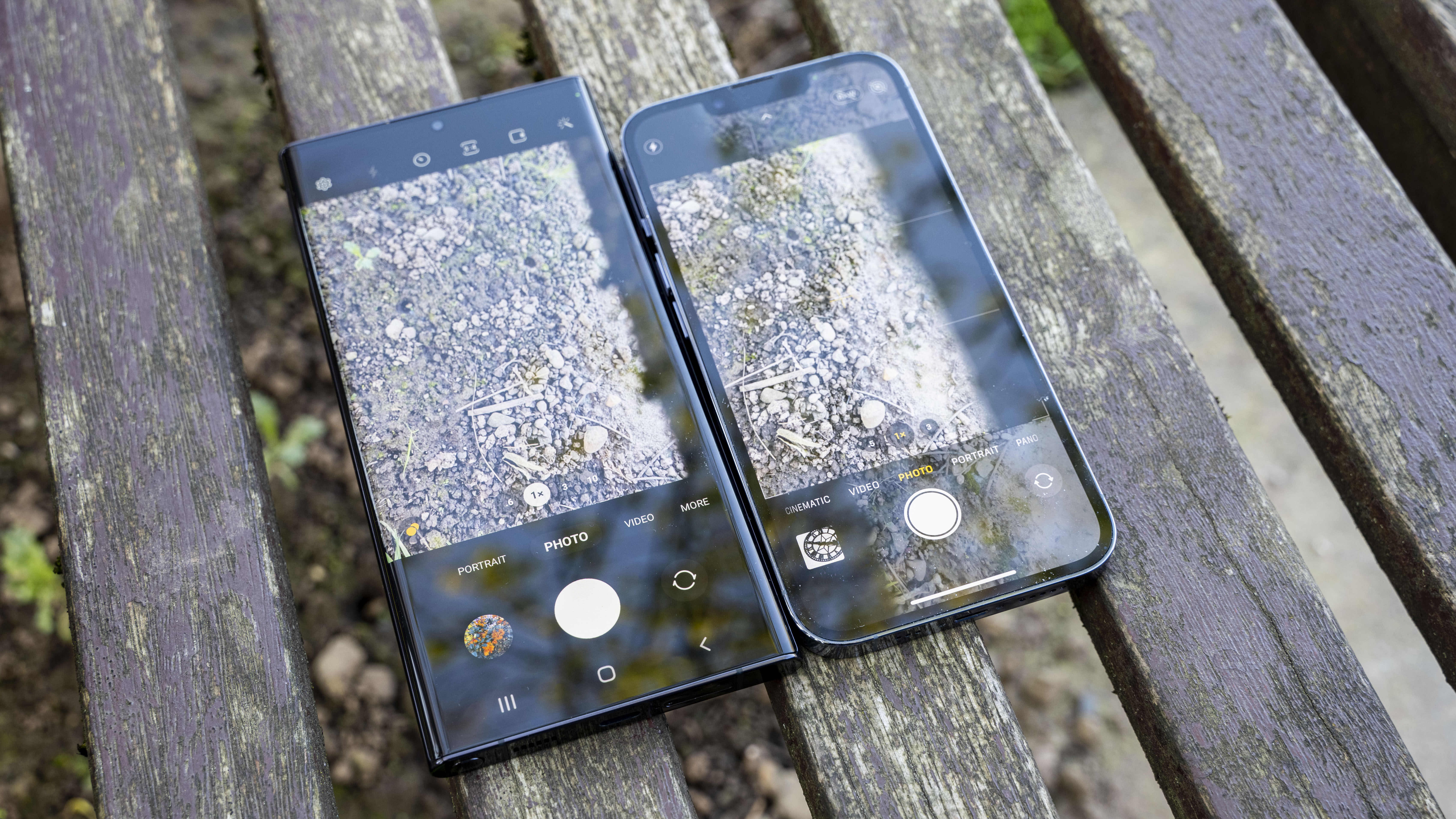
Apple has become somewhat known for the simplicity of its native camera app. With it, you get a straightforward shooting experience with relatively little control over settings. That said, there have been some decent tweaks to the native app in recent years, such as giving you the option to shoot in Apple’s ProRAW format, Portrait mode and add Picture Styles.
Other modes aren’t really modes at all, but rather automatic settings which activate when the phone detects certain situations - such as Night mode and Deep Fusion for low light shooting. A macro mode was a big new feature for the iPhone 13 Pro, which again automatically activates when you get close to a subject. At launch there was no control over it, but now you have option to switch it off on a shot-by-shot basis if you don’t want to use it.
By contrast, Samsung’s native app offers a vastly more complex set of controls. By default, it launches in a standard Photo mode, but there’s also some interesting options to choose from such as Night Mode, Portrait and a Pro mode. With this latter mode you can take full control over settings such as white balance, shutter speed and exposure compensation (aperture is fixed), and it’s in this mode that you can shoot in raw format. There’s also a separate ExpertRAW app which you can download that enables raw capture and editing directly in the phone.
iPhone 13 Pro vs Samsung S22 Ultra: Screen and design
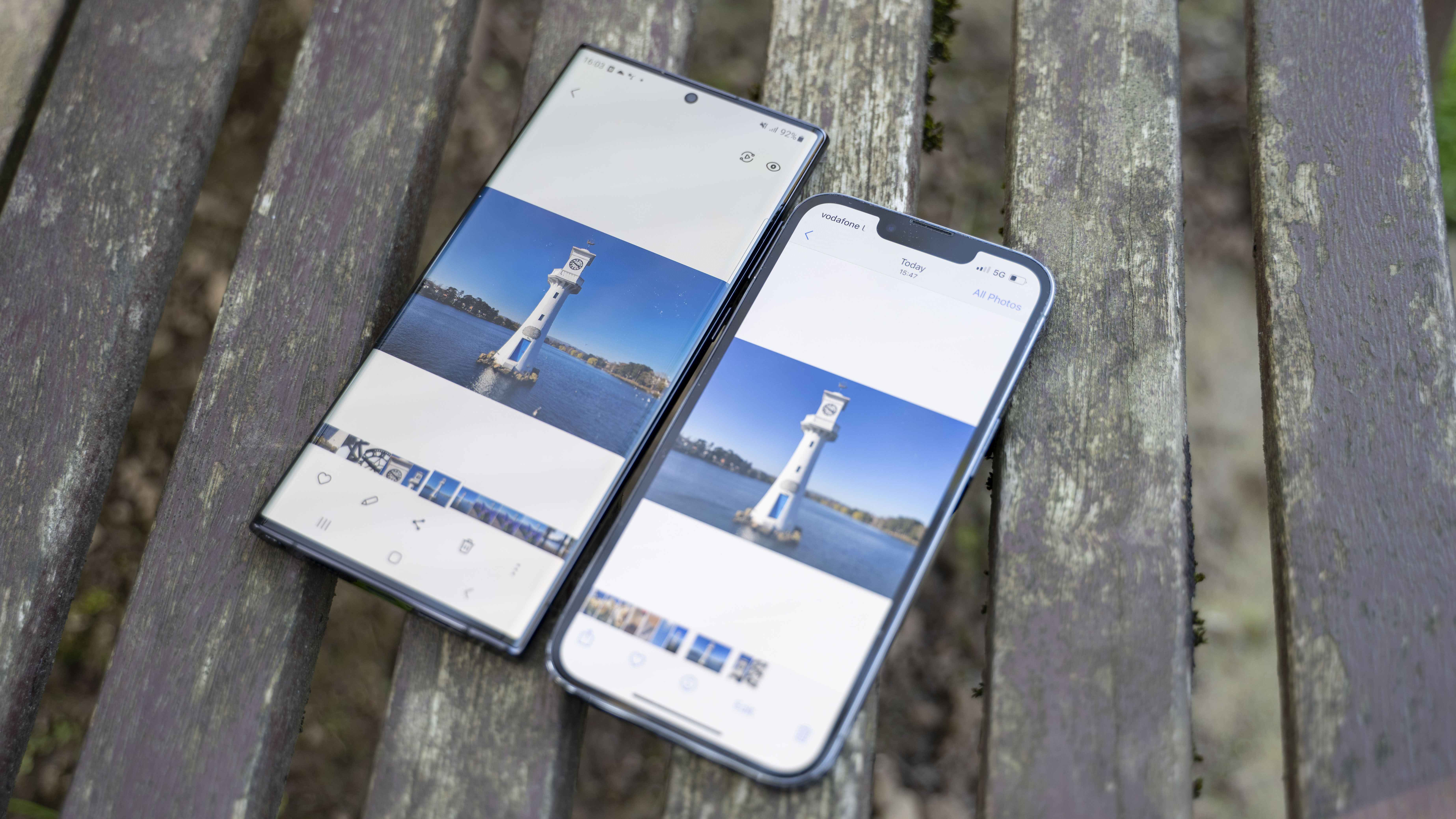
Whether or not you want a large screen largely comes down to personal preference. On the one hand, a large screen means you can display your images and video in the best possible way. On the other, they’re rather cumbersome to use and may be difficult to fit into your pocket.
The iPhone 13 Pro is available in two sizes, depending on what you prioritize. You’ve got the smaller Pro, which has a 6.1” Super Retina XDR screen with a 2532x1180-pixel resolution, or the larger iPhone 13 Pro Max, with its 6.7” Super Retina XDR display with a 2778x1224-pixel resolution. Both sizes offer a 120Hz refresh rate.
You don’t a choice with the Samsung S22 Ultra, which is bigger than both the 13 Pro and the 13 Pro Max. It features a 6.8” Dynamic AMOLED QHD+ screen (3200x1400 resolution). If you’re happy with this size it’s the clear winner of the two, and makes for a stunning way to view your images and video.
When it comes to design, the iPhone is boxier, while the Samsung is sleeker - which you prefer is down to personal preference. The Samsung S22 Ultra is the largest overall too, measuring in at 77.9 x 163.3 x 8.9mm, compared to the iPhone 13 Pro Max’s size of 78.1 x 160.8 x 7.65mm - the iPhone is ever so slightly wider than the Samsung, but is shorter and thinner.
iPhone 13 Pro vs Samsung S22 Ultra: Battery life and storage
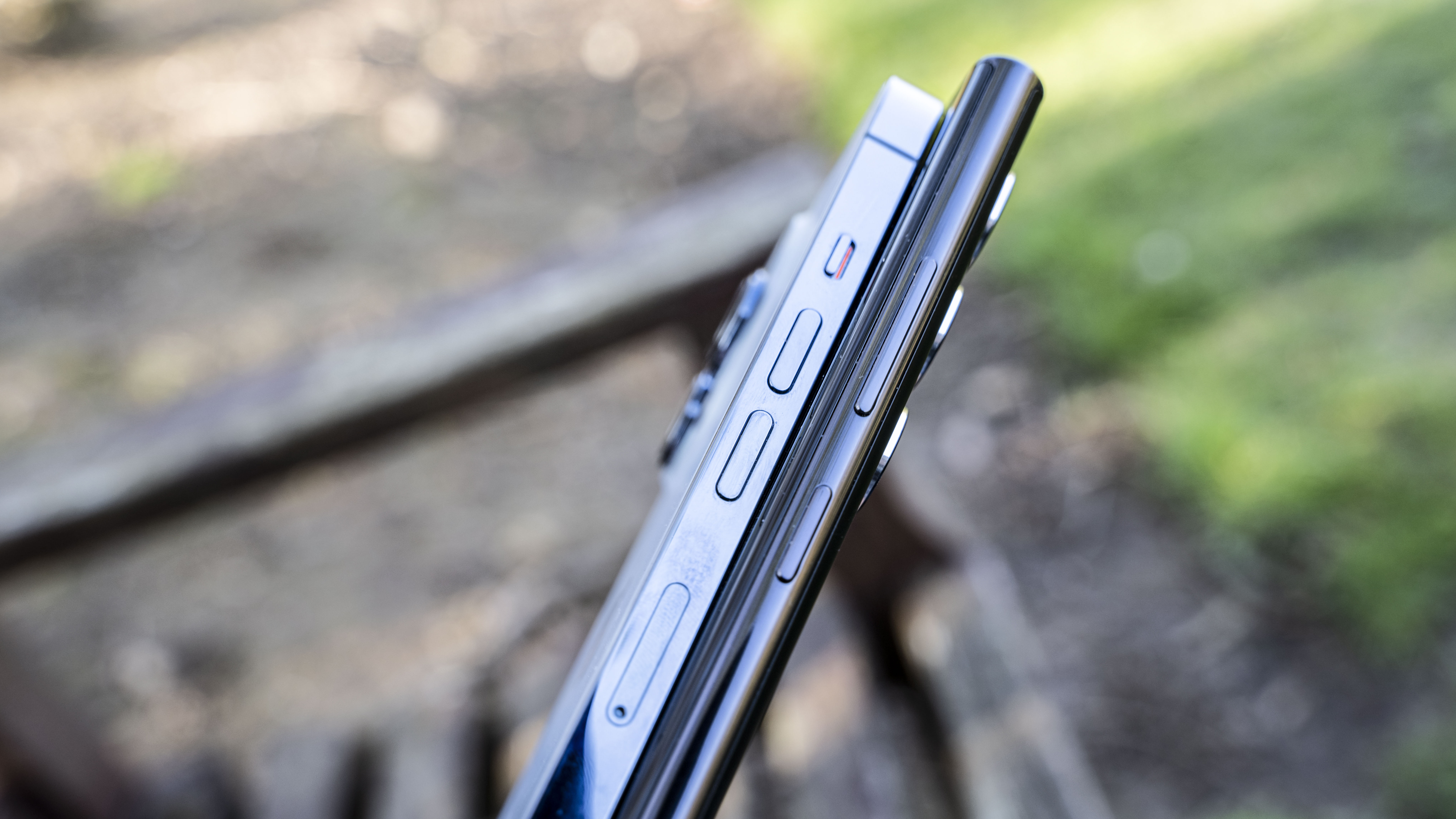
Apple had a bad reputation for poor battery life for its iPhone series for some time. It’s made decent progress with its recent models, with them generally lasting a least a full day with reasonably average use. The larger iPhone 13 Pro Max has a longer battery life - although Apple doesn’t release its full battery specs. If you’re likely to be producing a lot of 4K video content in one day it’s worth packing a battery pack if you’ll need to charge on the go.
With its 5000 mAh battery life, you’ll likely fare better with the Samsung S22 Ultra - fairly average usage should see it last two days before you need to give it a charge. Again, if you’re likely to be creating a lot of 4K (or even 8K) content, investing in a battery pack for on-the-go power boosts is probably a good idea.
When it comes to storage options, both the Samsung and the Apple give you choices between 128GB and 1TB. Neither offer the ability to expand your storage via MicroSD card, while both have limitations if you opt for the minimum storage - with the Samsung it’s that you get less RAM, and with the iPhone, you lose out on the ability to create ProRes video. Opting for the 256GB option or above for either device is likely to be the most sensible option for serious content creators.
iPhone 13 Pro vs Samsung S22 Ultra: Accessories
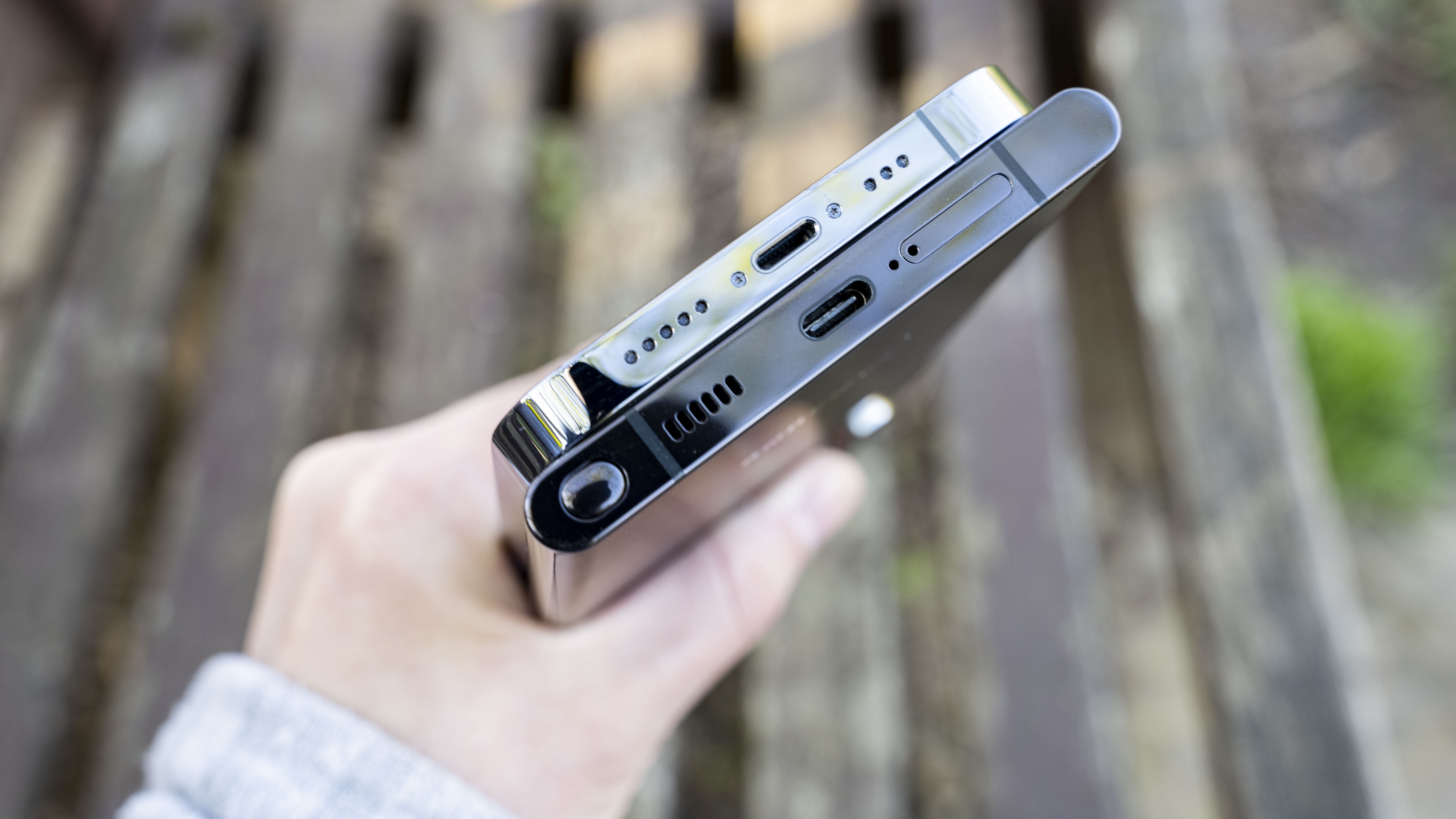
Both the iPhone and the Samsung offer the ability to charge wirelessly, with the iPhone also being compatible with ultra-fast MagSafe chargers (sold separately).
It’s also worth noting that the Samsung S22 Ultra comes with an “S Pen”. This is something which has been brought across from Samsung’s “Note” series, and can be used to trigger the shutter remotely - making it very useful for selfies, group shots and even subjects such as low light where you might want to avoid touching the phone to take the picture.
iPhone 13 Pro vs Samsung S22 Ultra: Value for money
It’s safe to say that neither the iPhone 13 Pro or the Samsung S22 Ultra are low-cost phones, but that doesn’t mean they don’t represent value for money if you want the best of the best.
You’ll need to pay £949/$999 for the cheapest iPhone 13 Pro model (128GB), or $1099/£1049 for the iPhone 13 Pro Max. If you want the maximum 1TB storage, be prepared to pay $1499/£1449 or $1599/£1549 for the 13 Pro and the 13 Pro Max respectively.
The Samsung S22 Ultra is a little more expensive - but it’s also a little newer. The 128GB version will set you back $1199 / £1149. This rises to $1599 / £1499 for the 1TB version.
Which represents the best value for money pretty much comes down to what you need. Arguably however you get more for your money from the Samsung, with its extra lens, bigger and higher resolution screen and accessories such as the S Pen.
iPhone 13 Pro vs Samsung S22 Ultra: Verdict
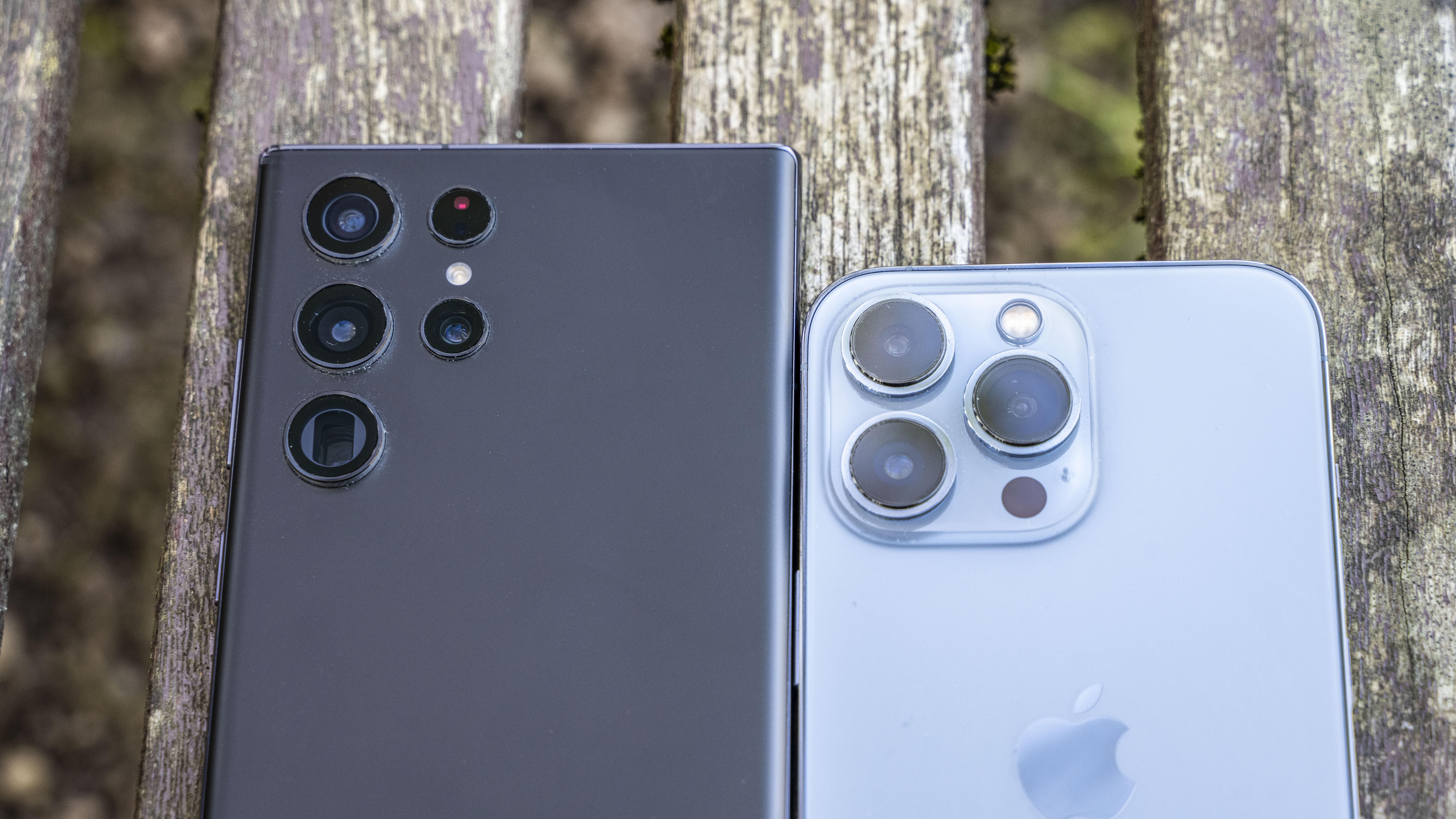
Choosing between these two high-end smartphones is by no means an easy task. Both the Samsung S22 Ultra and the iPhone 13 Pro / Max have their strengths and weaknesses, and they’re both reasonably similarly priced.
If we were take it on the specs sheet alone, the Samsung would probably be the obvious winner. With its extra lens, larger screen, more options in the native camera app, 8K video and a long-lasting battery, to many people it will be a clear winner. However, if you consider that a very large phone won’t be appealing to all customers, while the more straightforward shooting experience is also a potential winner, then things become a little bit more muddied.
If we look at the results from both cameras, they’re both excellent, and both are capable of producing high-quality images and video in a range of different situations. That means the good news is that whatever you choose to buy, you’ll be getting something that performs extremely well.
What it may likely come down to is your own preferences when it comes to iOS vs Android. Most people have their loyalties, and switching to another one usually only happens when something seriously tempting comes along.
For those rare people who don’t mind either way, if pushed we’d have to pick the Samsung S22 Ultra as the best smartphone for photographers - but it’s certainly a very close run thing.
Read more:
• Best camera phone
• Best budget camera phones
• Best iPhone for photography
• Best burner phone
• Best 5G phone
• Best phablets
• Best flip phones
• Best phablets
Get the Digital Camera World Newsletter
The best camera deals, reviews, product advice, and unmissable photography news, direct to your inbox!
Amy Davies has been writing about photography since 2009, and used to be a colleague on Digital Camera magazine and Techradar.com. She now works as a freelance journalist writing for nclude Amateur Photographer, Stuff, Wired, T3, Digital Photographer, Digital Camera World, TechRadar, Trusted Reviews, ePhotozine and Photography Blog. She has an undergraduate degree in journalism and a postgraduate diploma in magazine journalism, both from Cardiff Journalism School.

